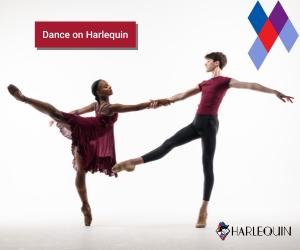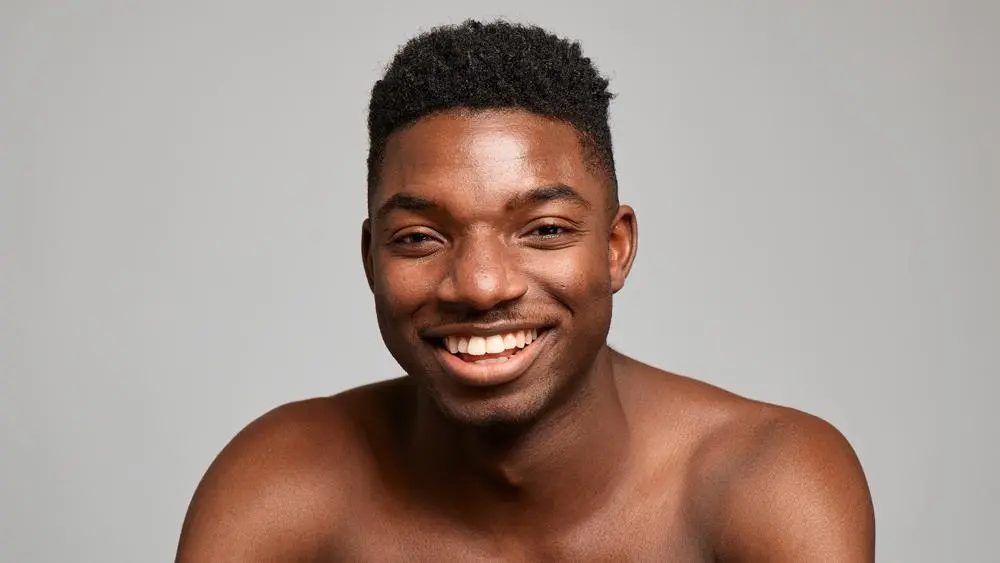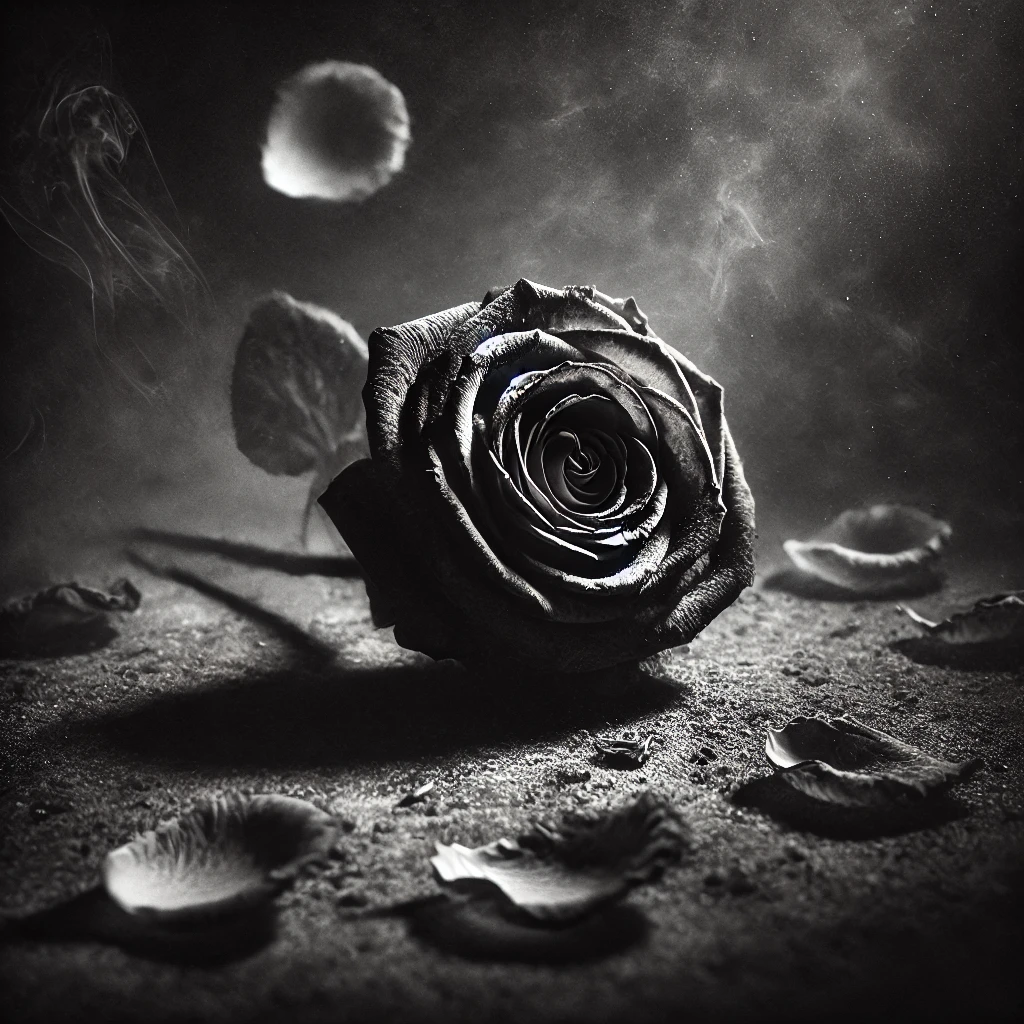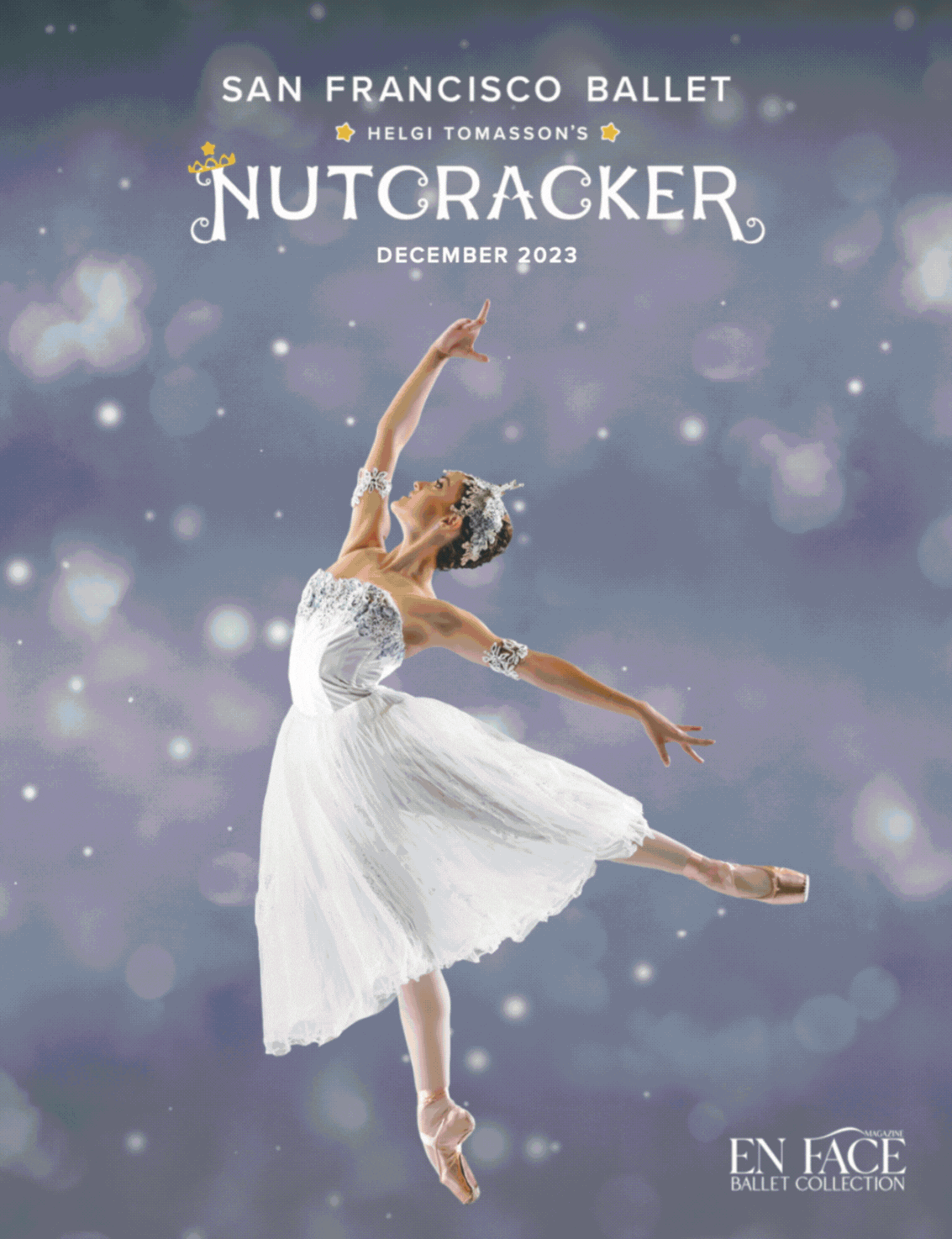By Cassie Mrozinski
CM: You started off in musical theater in Queens. What sparked your interest in ballet?
DO: As part of my musical theater training I was required to take ballet classes. So I unconsciously fell into dance around 3 years old, which is when I took my first ballet class at a small school called “Once Upon A Time” that was about 8 (city) blocks from my house. I think my interest really piqued however when I turned 12, and I decided to leave musical theater and pursue ballet. I’ve always been of slight build so as you can imagine I was quite skinny as a kid. Growing up I read a lot of comic books and while I had many favorites, no one was quite as relatable as Spider-Man. Not only was he a kid from Queens, but the way he was drawn in the late 90’s and early 2000’s was very articulate and balletic. So, long story short, I’ve always wanted to be Spider-Man and ballet was the closest I could get.
CM: You are a long-time and beloved dancer at Ballet Idaho. What was your first year like here and how is it different now?
DO: Long-time indeed, and very kind of you to say ‘beloved’. My first year I was 19 years old. I was young and a bit reckless. Peter Anastos, our previous artistic director, was at the helm. The company, like myself, felt young and energetic, as the ‘new’ Ballet Idaho was only about three or four years old at that point. Now, the company, like myself, feels seasoned. Ballet Idaho has blossomed, and I’m grateful to have been a part of that growth for the last 12 seasons.
CM: When did you realize that choreography was a talent of yours?
DO: I think I’m still waiting to see if it’s even a talent of mine! There’s always so much to learn going into every work; I feel like a novice every time I enter the studio. But to answer the question practically, I created my first work at 19 years old, which was my first year with the company. Peter saw something in me, and continued almost every season to give me the opportunity to choreograph. Similar to anything in the arts, I believe I was at the right place at the right time, and talent only played a partial role. Choreographic ability can’t be taught, it needs to be fostered, exercised, and given a space to grow. I’m lucky to have ever been provided with that space.
CM: What is it like to choreograph on your coworkers, are there any challenges?
DO: Choreographing on my coworkers has been one of the most rewarding experiences of my life. The opportunity to work with and help grow my friends’ and coworkers’ abilities is truly incredible. I have known some of these dancers for my entire professional career, and working with them is like returning to an old book only to find there’s another chapter added, and you can’t wait to read it. It’s familiar and there’s always something new for us to discover together. As far as challenges, sometimes we tend to get a bit too comfortable with one another, and that can interfere a bit with the limitations of time one has to create a work, but that’s to be expected!
CM: How do you start your creative process as a choreographer?
DO: Over the years it has changed. Initially, it started with music, and from music would come a world, a concept, and then characters. But now I find the concept has come first, and then I attempt to find music to suit it. Ideas are rare, and good ideas are even rarer, mainly because you don’t often realize an idea is any good until you’ve put it away for a bit. Oddly enough, three of the biggest ballets I’ve ever made for Ballet Idaho came from dreams I’ve had, in which I go to a theater and watch the work on stage. I wake up afterward and immediately write down what I saw. I’ve read books on the creative habit, and I’ve tried to put myself in a space to ‘generate’ concepts, but to paraphrase David Lynch, ideas are like lightning, they just hit you.
CM: Can you tell us a little bit about the piece you are doing for Anthology in February?
DO: I used to love talking about my work with others. I suppose in many ways I still do, but only after they’ve seen it, and as I’ve gotten older, it’s become less about me talking about my work, and more me listening to what someone felt about it. I have a title, which is “Bad Faith”, I have a concept, and I have some incredible music by local musician, Franklin Tillo. For me, the work is about communication breakdown, unintentional deception, and attempts at forgiveness. I think that’s all I can give you, but don’t be afraid to tell me what you get from the work after you’ve seen it! Like I said, I love to listen.
CM: New York and Boise are very different. What do you like to do here when you are not dancing or choreographing?
DO: I work for Treefort Music Fest as a Creative Producer for all things dance and performance art- related. I also try to catch as much live music as I can and currently play drums in two local bands. Hot springs, occasional camping, coffee at Neckar and Slow by Slow, cocktails at KIN and Water Bear, and movies at the Flicks. Most importantly however is doing all of the above with my friends. I’ve been lucky enough to have found people who are like family in Boise. Most of which are artists like myself. Boise is lucky to have so many talented people living in one city and I hope folks realize that and support the arts in any way they can!
This article was written by Cassie Mrozinski and first published via the Ballet Idaho newsletter. It is published here courtesy of Ballet Idaho. Click here to learn more about Ballet Idaho and sign up for their newsletter.



